Have you been considering using listening maps for music class? This post is your ultimate guide on how to effectively incorporate listening maps into your music class and why listening maps are a useful tool for teaching kids about classical music.
YouTube Listening Map Video
Short on time. Catch the 3-minute summary of listening maps in this YouTube video – How To Use a Listening Map.
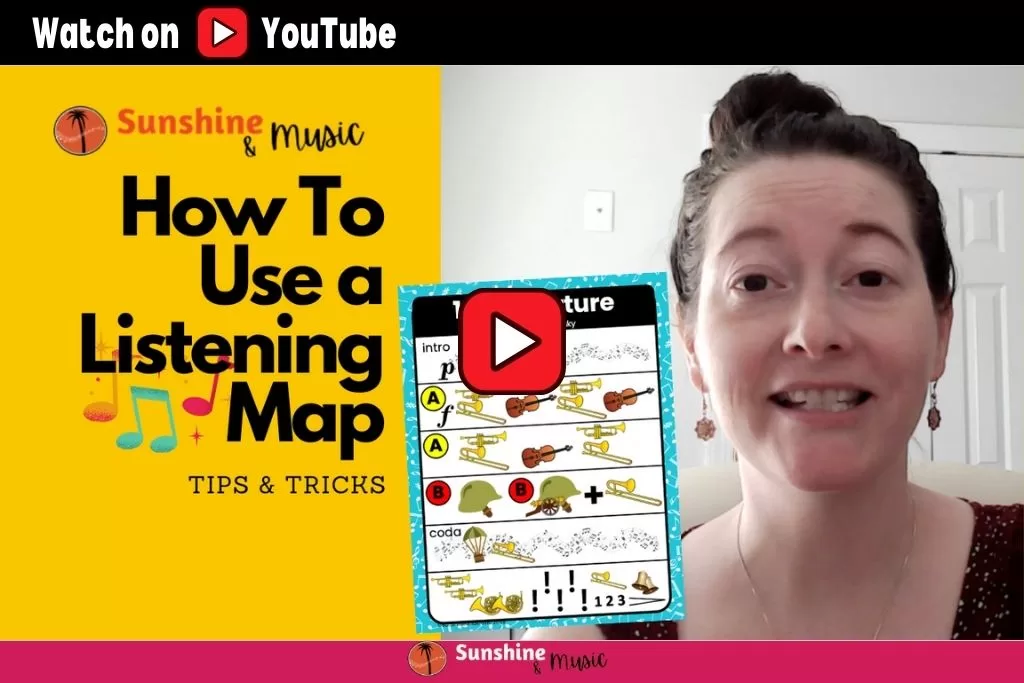
Now that I’ve go you interested, you can check out the details on the what, why and how of listening maps below!
What is a Listening Map?
A listening map is a visual that helps organize and highlight important elements of music in a piece such as form, instrument timbre, or dynamics. Sometimes called a music map or a song map, listening maps help to organize complex auditory information into a visual and kinesthetic format.
Listening maps are a way to help explain and visualize abstract concepts within a piece to help students with identifying important concepts within a piece.
Here is an example of a listening map:
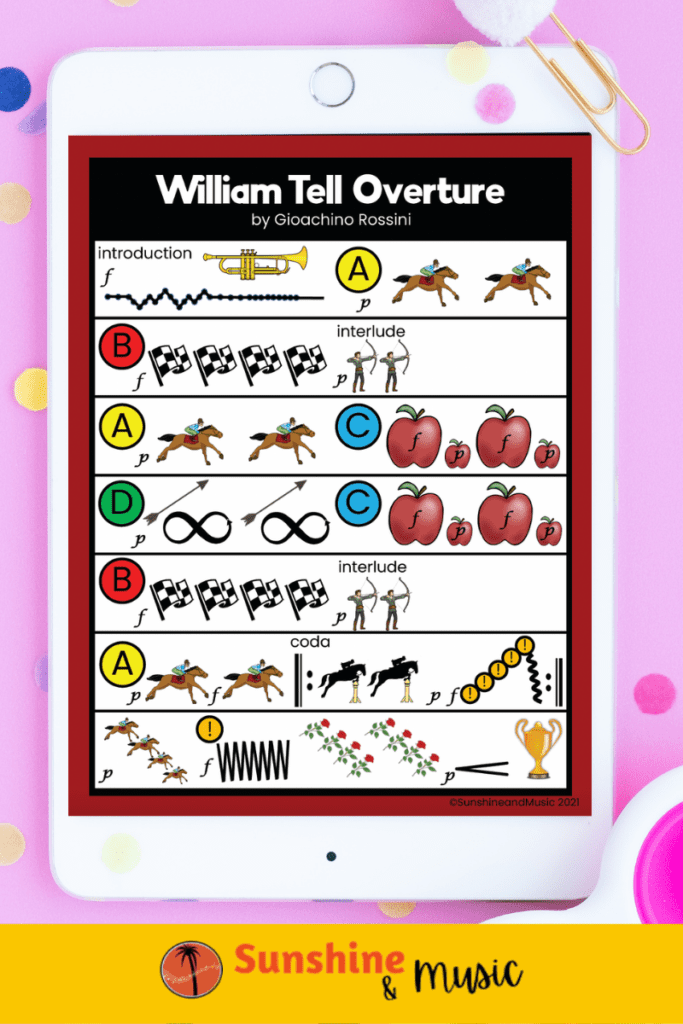
If you would like the ultimate resource for listening maps for elementary music, check out this Growing Listening Map Bundle.
Why Should I Use Listening Maps For Music Class?
Music listening maps are a great way to organize musical elements and help students notice them as they happen in the song. Using listening maps helps you teach everything from form to dynamics to instruments and beyond.
Show Important Details With a Classical Music Map
By highlighting key features, students can better understand how music is organized and which elements they should pay attention to.
Students can see form, instruments, dynamics and more all at one time.
Music Maps Document the Piece as a Whole
It can be hard to understand a piece as a whole the first time it is heard. By the time students have begun listening to one section, they have already forgotten some of the details of the section before. By having a listening map, students can have an understanding of the piece as a whole right from the beginning, before they’ve even heard a single note, freeing their mind to focus on more important details.
Make Classical Music Accessible to All Learners
A classical music map allows ALL types of learners to follow along and process information. The music provides auditory input. The listening map provides visual input. And following along with the map is kinesthetic input.
All three types of learning, all in one helpful listening tool.
How To Use Listening Maps for Elementary Music
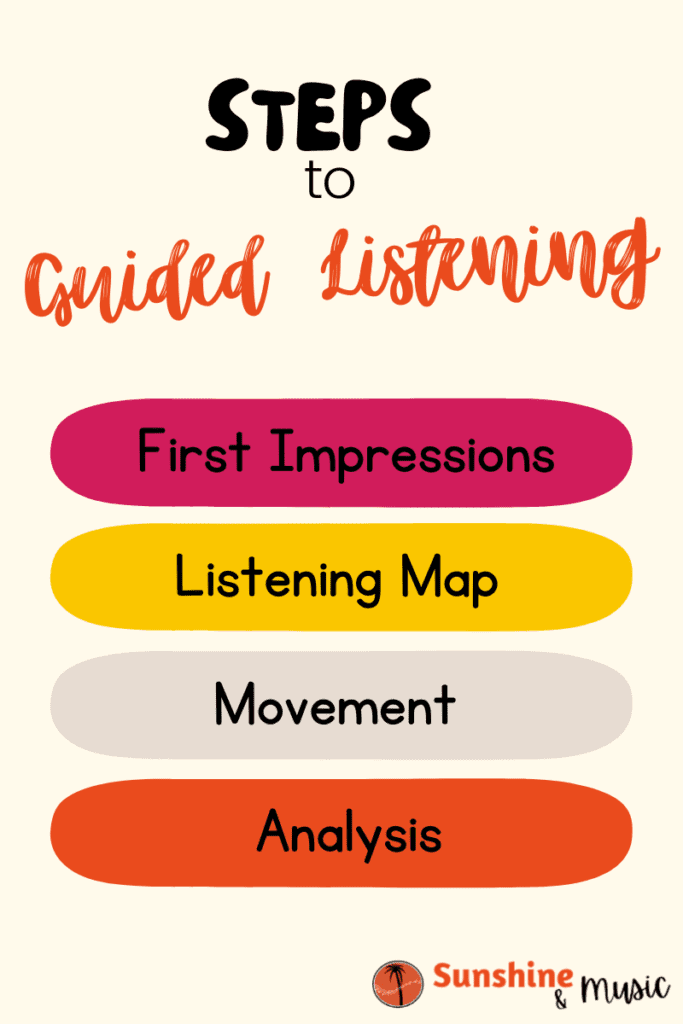
First Impressions
Sometimes, before showing a listening map for a song I will have students listen and draw a picture or fill out a worksheet with their first impressions of the song. Sometimes I will make it as simple as having them close their eyes and listen, and then just raise their hand and share what they imagine. I don’t always do this step, but if I do want their first impressions, I wait to show a listening map until after.
Follow Along – Music Tracker
If I’m not doing a first impressions activity, then I usually introduce a piece using the listening map. We listen and follow along to become familiar with the different sections of the piece. Sometimes, I have students follow along on the board. Other times I use the board and also print out individual listening maps that they can follow along with. Students can use their finger or a pencil to track along. Or make it more fun with drink stirrers in fun shapes that you can find at a party store.
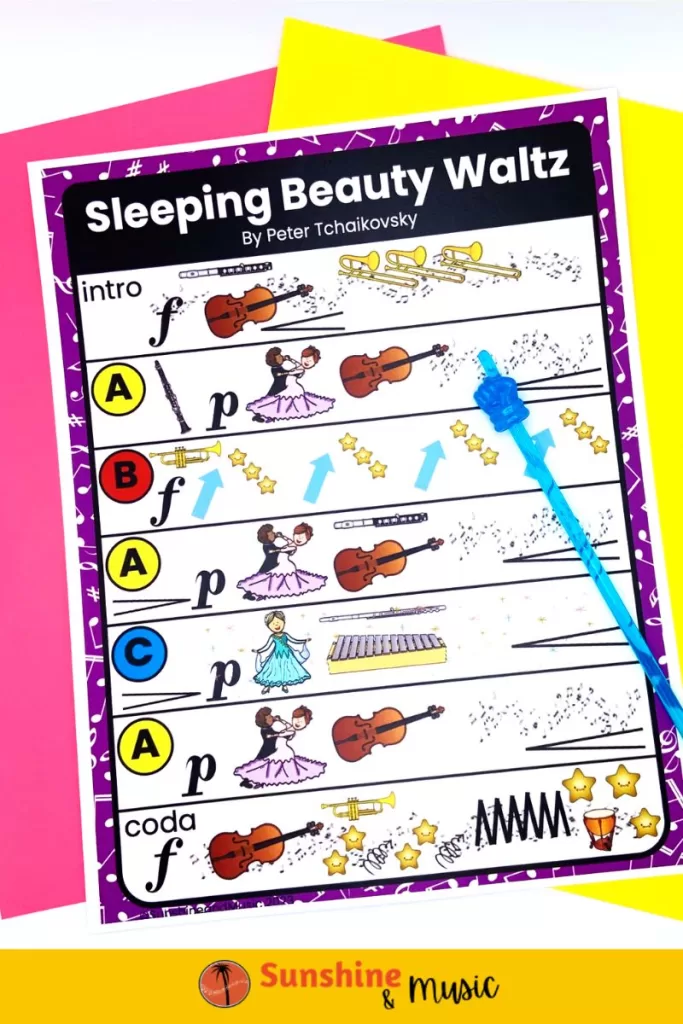
After listening we might discuss what they noticed about different musical elements that I was trying to draw attention to. Then I use the listening map as a springboard to another activity, usually using movement.
Move to the Music
Once we have used a listening map to become familiar with the form and important features of a piece, we can add movement. Whether it be a scarf, parachute or free form movement activity, there are endless possibilities on ways to incorporate movement into your lesson. This adds a fun element to the lesson and FUN means the students are more likely to remember the piece.
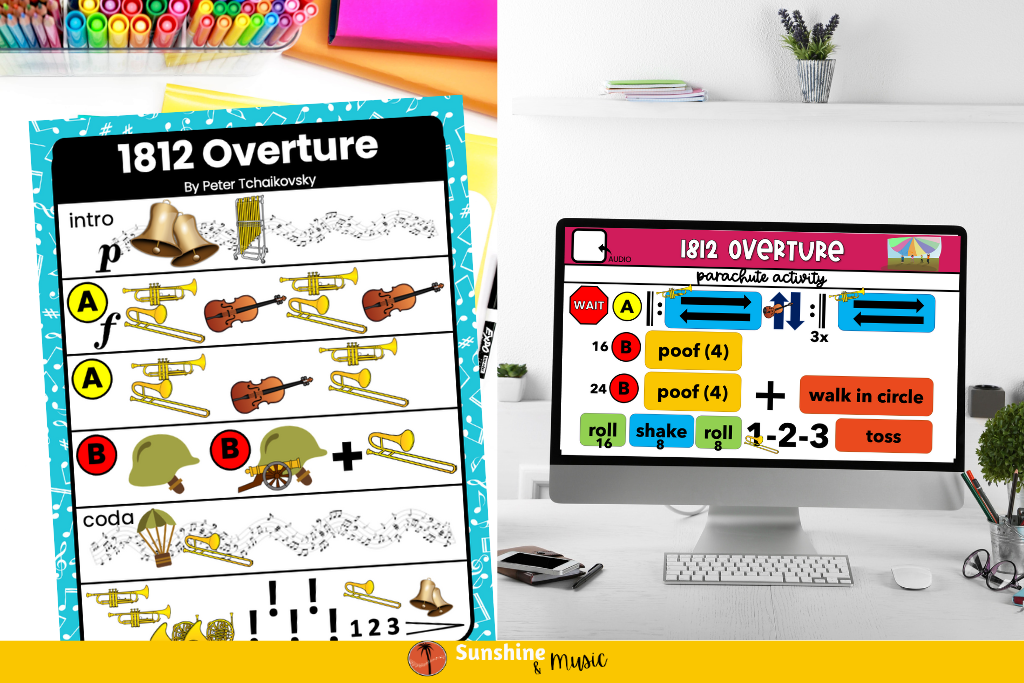
Listen and Discuss
If you are REALLY looking to go in depth with a song, you might have students analyze what musical elements they hear in a song. For example, I’ve had students label the mood of a song and support their answer with evidence from the song (using correct music vocabulary to explain how that element helped to create the mood).
Classical Music to Teach Dynamics and More
Need some examples of classical music to help teach specific concepts? Here are some of my favorites. You can get all these listening maps and more in my Growing Listening Map Bundle.
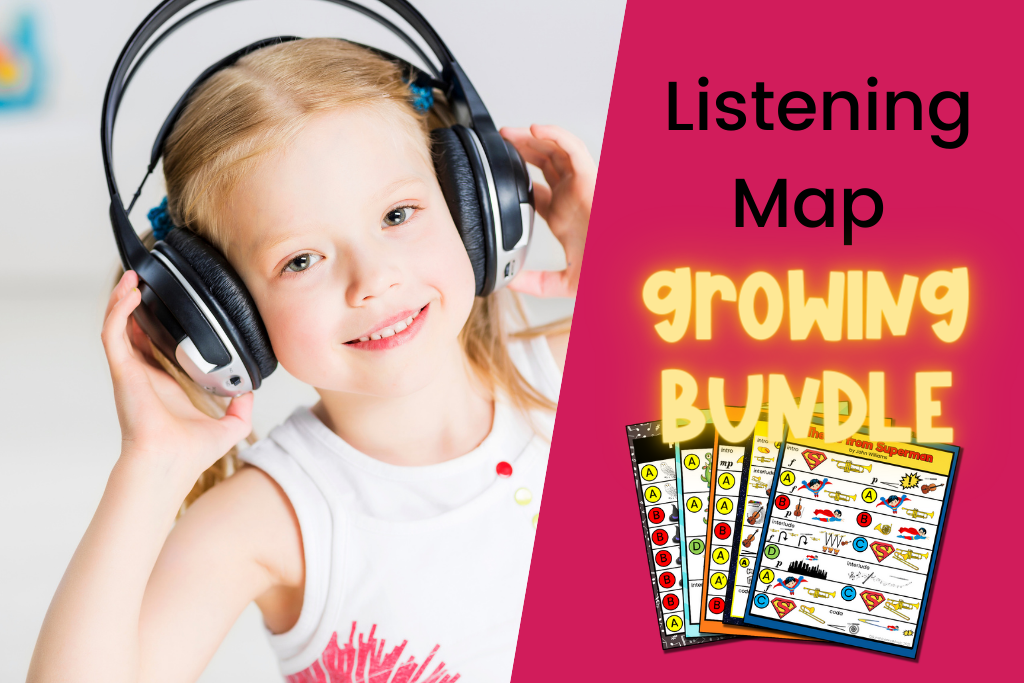
Musical Form
Musical form is one of the elements most clearly depicted in a listening map. The March from Nutcracker is a great piece for focusing on form. This song is in rondo form.
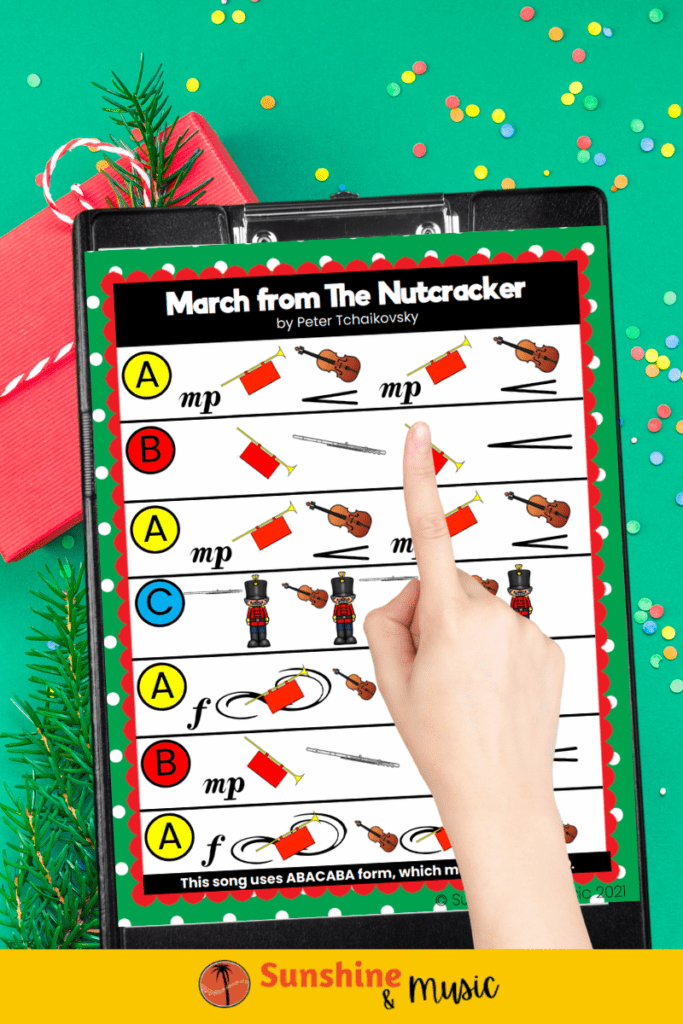
Another great song for learning about form is Variations on Simple Gifts by Aaron Copland which is a theme and variation.
Dynamics
Dynamics are another element that can be highlighted using a listening map. The William Tell Overture is a great song teaching dynamics as it has stark dynamic contrasts that students can easily spot. Another great song with contrasting dynamics is Spring from The Four Seasons.
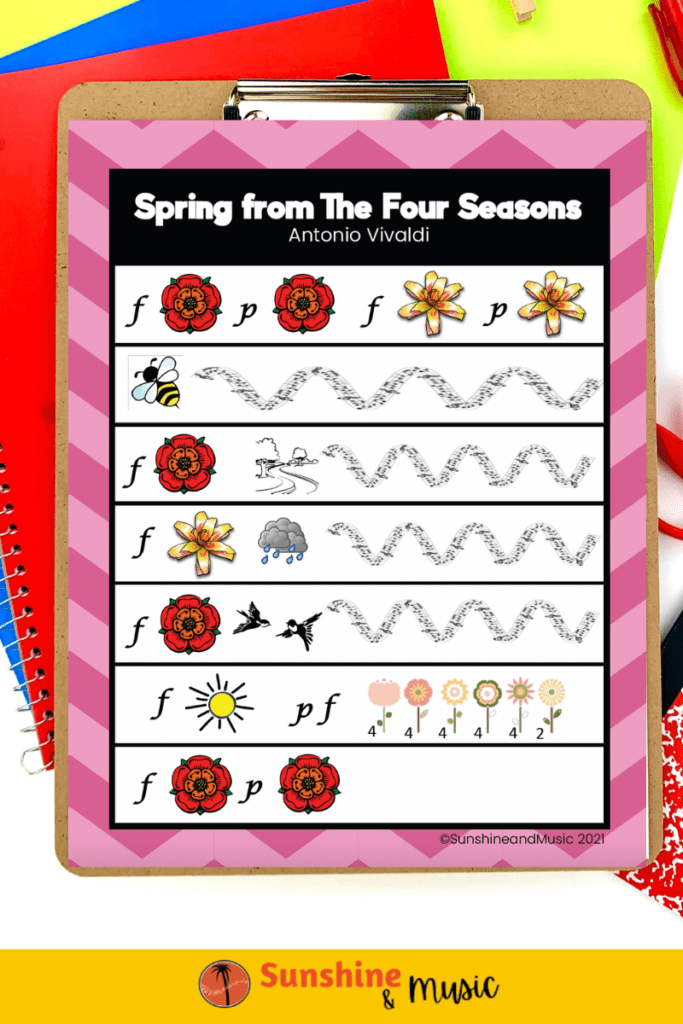
Tempo
Not all songs have noticeable changes in the tempo. If you are looking for a good song for talking about changes in tempo, In the Hall of the Mountain King by Grieg starts slow and builds in tempo (and dynamics) throughout the piece.

Instrument Timbres
Pretty much every song has some changes in instrument timbre. But a great one for very contrasting timbres is Variations on Simple Gifts. Each variation uses different timbres and highlights different instrument families.
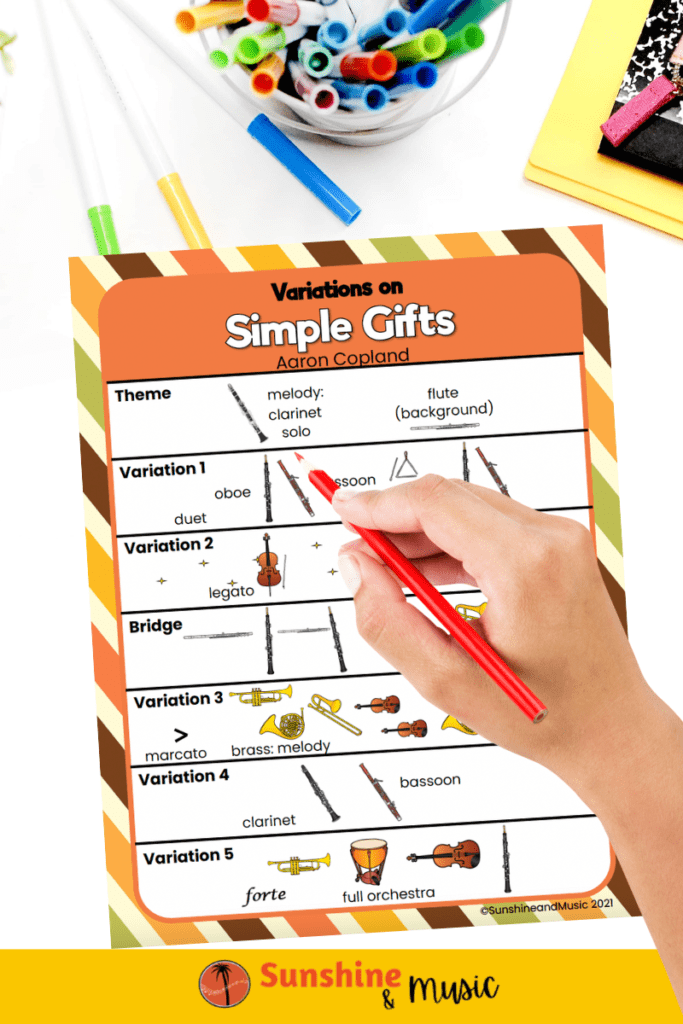
Where Can I Find Listening Maps for Music?
You can always create your own listening maps. Or sometimes you can find ones in your district’s music curriculum. But the best resource that I know of is my Growing Listening Map bundle.
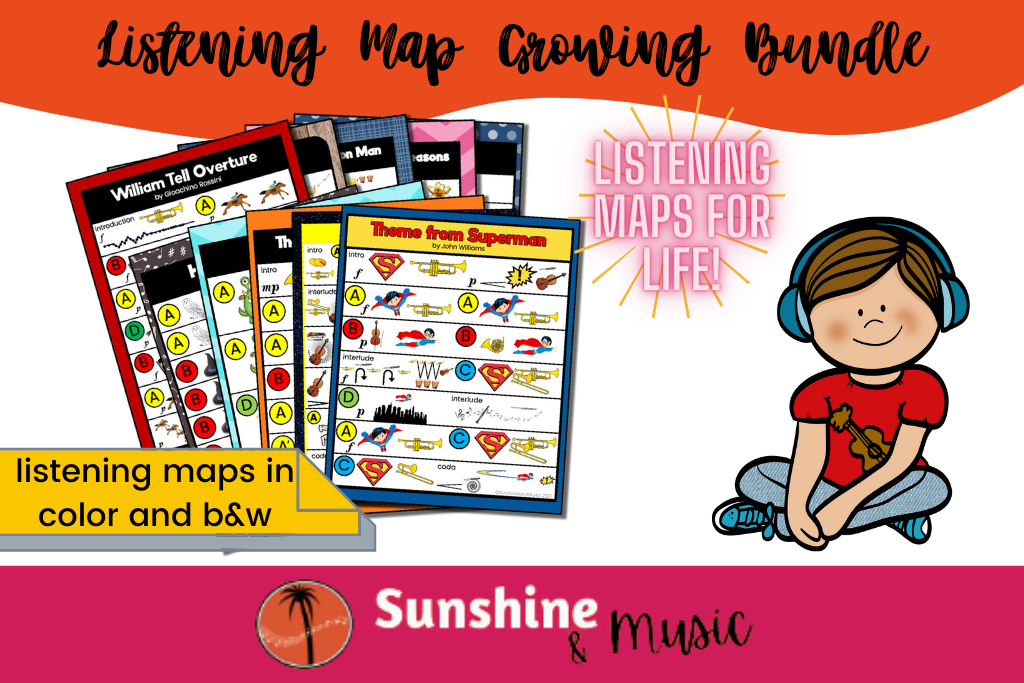
This bundle contains all the listening maps I have (plus access to all future listening maps at no additional cost). Listening maps for life!
Want listening maps for life? Click here for my Growing Listening Map Bundle.
Try a FREE Listening Map Music Lesson!
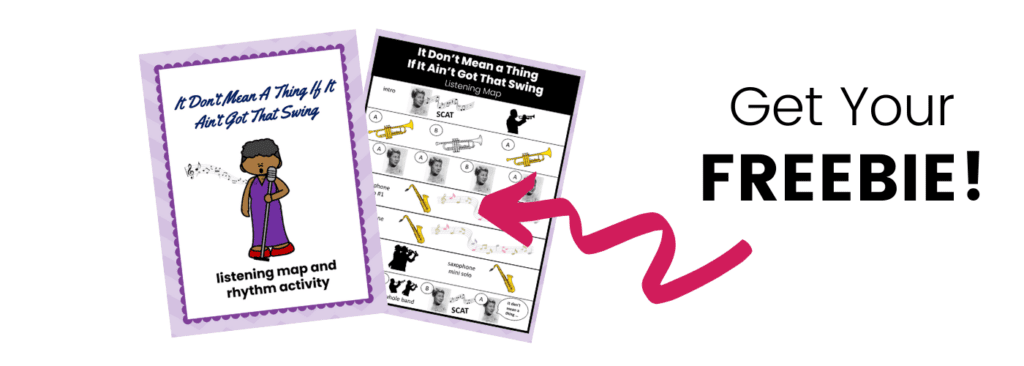
Enjoyed This Post? Here Are Some More Posts Related to Listening Maps
Lasso Your Students’ Interest Jamming to Hoedown from Rodeo by Aaron Copland
3 Activities for Fanfare for the Common Man by Aaron Copland
How To Use a Nutcracker March Listening Map for an Amazing Nutcracker Lesson






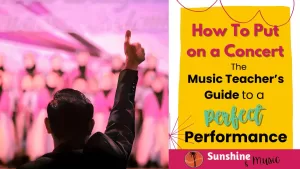

18 Responses